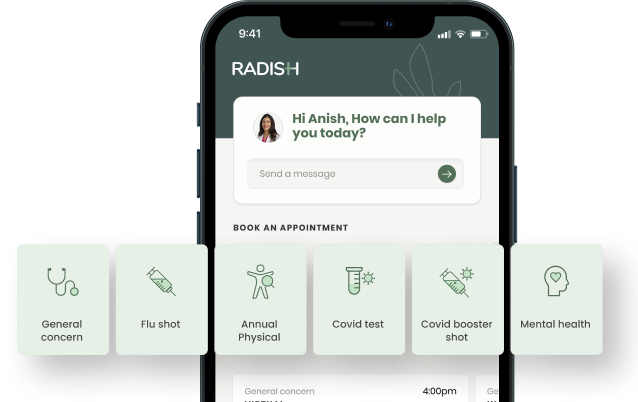How CBT Gets Better and Better

Megan McGinn, PsyD
We’ve talked a lot about the benefits of Cognitive Behavioral Therapy (CBT) for mental health. Today we will dive into a little history on the evolution of CBT, particularly how the second and third waves of CBT have revolutionized its practice, and how CBT continues to help patients manage their mental health concerns every day.

CBT, a widely recognized and evidence-based therapeutic approach, focuses on the connection between our thoughts, emotions, and behaviors. It aims to help individuals identify and modify negative thought patterns and behaviors that contribute to psychological distress. Over time, CBT has evolved, giving rise to the second and third waves, which have further enhanced its effectiveness. Let’s dive into these waves and their significance!
The Second Wave: Building on the Foundation
The second wave of CBT emerged in the 1990s and expanded upon the principles of traditional CBT. It introduced new therapeutic techniques and approaches, emphasizing mindfulness, acceptance, and compassion.
This wave recognized that simply challenging and changing thoughts might not always be sufficient for lasting change. Instead, individuals should develop a non-judgmental awareness of their thoughts and emotions, fostering self-compassion and acceptance. Techniques like mindfulness meditation and dialectical behavior therapy (DBT) became prominent in this wave, helping patients cultivate emotional regulation and distress tolerance skills.
The Third Wave: Embracing Complexity
The third wave of CBT, which gained momentum in the early 2000s, further expanded the therapeutic landscape. It acknowledged the limitations of traditional CBT and aimed to address the complexity of human experiences.
This wave integrated concepts from various disciplines, such as mindfulness-based stress reduction, acceptance and commitment therapy (ACT), and compassion-focused therapy. Third-wave therapies emphasize the importance of psychological flexibility, helping individuals develop a more flexible and adaptive relationship with their thoughts and emotions. By accepting and embracing their experiences, patients can work towards aligning their actions with their values, leading to a more fulfilling life.
The Relevance Today
Both the second and third waves of CBT have significantly influenced contemporary therapeutic practices. Mental health therapists now have a broader range of tools and techniques to tailor treatment to individual needs.
These waves have proven particularly effective in treating conditions like anxiety disorders, depression, eating disorders, and chronic pain. By incorporating mindfulness, acceptance, and compassion into therapy, patients can develop a deeper understanding of themselves and cultivate healthier coping strategies.
So, there you have it! At Radish Health, we incorporate all forms of CBT, offering new perspectives and techniques to help individuals navigate their mental health journeys. If you’re interested in learning more about how therapy can be helpful, chat with your Radish doctor or schedule an appointment directly with me today!
Request a Free Demo
Learn how Radish Health can help you improve employee health and save on healthcare.
Request a Demo